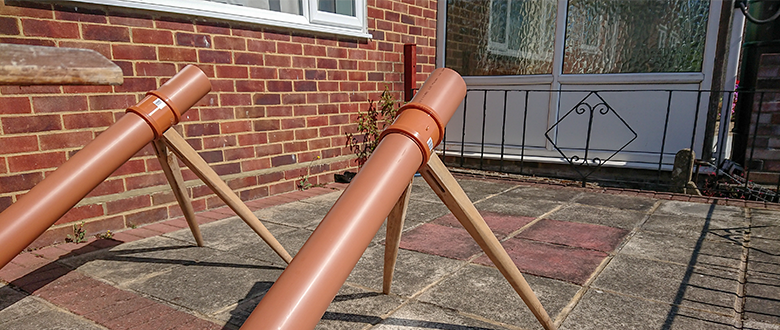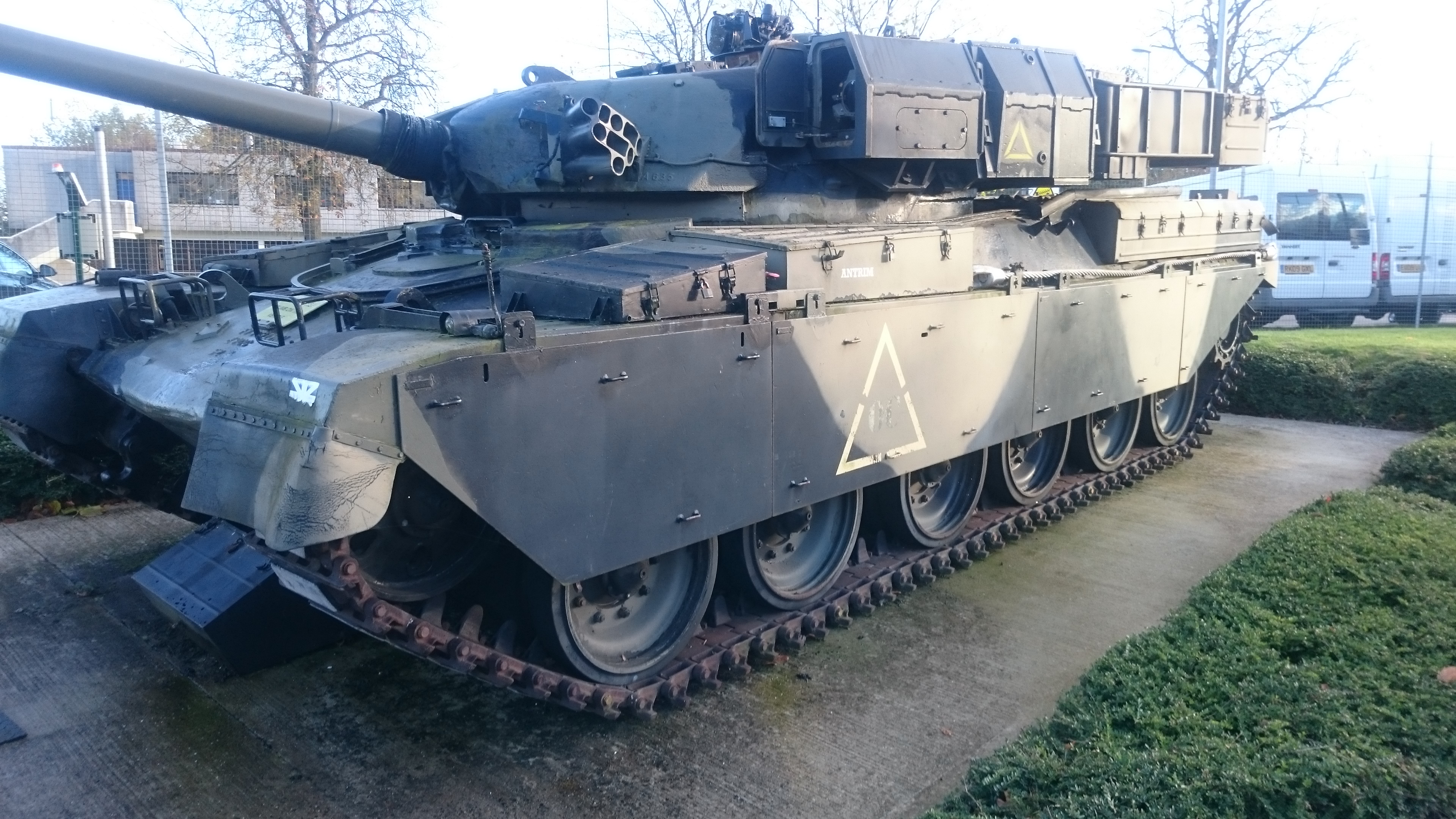It started, as so many of these things do with a simple question: “Andy, do you think you could…?” To which the answer is always “Of course I can.” Followed by wondering how to do it. In this case it was could do something about Southsea Castle for a group of non-engaging teenagers. “Of course I can.”
Where to begin?
Things were complicated by the short timescale involved: I had a day to create and prepare, ready to deliver the following afternoon at a site I don’t know that well. No problem. There was absolutely no possibility of this exploding in my face. None at all.
Anyway, down to business.
The morning was dispatched bringing my knowledge of the castle up to date. Apparently, the history of Southsea Castle can mostly be characterised by the following: “Quick, build a fortress: the French are coming! Actually, I don’t think they are after all. As you were.” Over, and over again.
So, I had an hour and a half to fill with activity around a fort that kept gearing up for invasions that never came. A process that ensured it was always obsolete by the time it was (re)built.
There wasn’t a lot to go on There weren’t even that many things exploding to keep people’s interest.
When in doubt, do science
Like it says: sometimes, history isn’t always the way into a subject. Sometimes, science is a better engager. After all, you only need to be impressed by the exploding thing for it to be interesting. You don’t need to know the chemical formula for it.
So, science it was then.
What was the best science thing to do to link to an artillery fort…?
It took an embarrassingly long time to land on the obvious answer: guns and explosions.
Years ago, I designed a family session based on vinegar and baking soda rockets. The idea was simple: use the reaction of an acid & a carbonate to produce carbon dioxide. Keep that CO2 enclosed in a bottle until there’s enough to bow a cork out of a bottle. That failure produces propulsion that launches the bottle through the air.
Dead simple. Dead easy. Reliable activity.
One small problem: I was building this from scratch and had no materials. No bottles, no acid, no launch tube, no nothing. And I had until close of play to assemble all of this mysterious kit. No pressure.
Shopping for an exploding grapefruit
Ok. Now to build a session round these rockets.
Not a massive problem. Southsea Castle is an artillery fort, so we can talk about gunnery, we can talk about obsolescence, and we can do gun-loading drill. That will lead nicely into launching stuff across the common.
So, all I need is a pair of cannon that have a deep tube at one end and a shallow tube at the other. One that’s big enough to be impressive for teenagers who are well versed in not being impressed. Oh, and I need a stand to put it on.
Got it! Drainpipe. Not the stuff that goes from your gutter to the ground but the big brown ones that go underground. 110mm diameter tube. 3m long. We have a winner. A quick bit of sawing and gluing later and I had something that looked like a cannon, albeit a brown one.

Cannon, apparently
Bags of gunpowder came courtesy of some crafty sewing and some sand.

Powder bags
The only thing remaining is something to use as shot…Something that looks sensible in an 11cm tube. This is supposed to be fun. I know: grapefruit. Let’s fire some grapefruit! That’ll be a lot of fun.
The baking soda rockets requires a trip to the baking isle at Tesco (other supermarkets are available) and some corks that I keep in the bottom of a cupboard. A few odd bits and pieces to make it work and we’re good to rock and roll.

Gun battery
Now to make it an exciting afternoon for disinterested teenagers.
No plan survives contact…
It was a hot day in Portsmouth, ideal for people being grumpy and low energy.
It was pretty clear in about 10 seconds that the tour I’d written was going out of the window. Instead we talked about the bizarreness of this fort that kept being built and rebuilt for an enemy that never came. In between neglect and incompetence let it descend into near ruin. This lead to one of the memorable quotes of the afternoon:
“Were all people in history thick as pig…?”
On the basis of this story, many of them appeared to be. It was going better than it might but there was still a palpable lack of energy.
Move on.
And now for something completely different
Let’s go outside and blow things up.
I’ll be honest, the gun loading drill was a bit flat. They were talking to me and moving around but there wasn’t what you might call “engagement”. They kept asking about whether there was going to be any exploding.
Ok, let’s blow some stuff up then.
Under normal circumstances I might have talked about the chemistry of the reaction, or of the physics of the propulsion. In this case, that went in the bin. They wanted the big bang and as little preamble as possible.
So we built our rockets. There was the usual level of not listening to instructions, and things being dropped, which warmed the atmosphere notably and began to generate some enthusiasm for the task in hand.
Eventually, we were ready to start firing. The range was clear, they were enthused (though cautiously) and ready to go.
The danger of it exploding in the face
There’s always a hint of trepidation at this point, no amount of testing guarantees something as “shed science” as this is going to work properly. It’s quite susceptible to people not doing it right. I’m always nervous.
However, there was nothing to worry about. The first participant looked, worryingly, as though he knew exactly what he was doing. And it launched brilliantly, fired a good twenty yards across the field and was described as “bare wicked”.
Not everyone’s worked properly, but that’s part of the charm. Particularly the instruction to “shake once and then quickly into the tube” seemed to go in one ear and out the other. Several of them had their rocket go off in their hand, which caused huge hilarity. One of them pushed the cork in so hard it went into the bottle and were perplexed as to why it didn’t work.
It was great fun. Everyone seemed to be enjoying themselves and talking to me. I couldn’t have asked for more.
And the moral of the story
This session was great fun. It’s going to become something I offer to schools as a science of forces experiment session.
But, the real point of it was that when someone asked “Andy, do you think you could…?” the answer was “of course I can.” Yes, I ran around trsying to make it happen. Yes, I had to rebuild the session on the fly. Yes, it wasn’t what I had planned. But the point is that it worked.
Some of them even wrote that they had “fun” on their evaluation.
So, if you fancy having some exploding learning fun. You know where I am.


